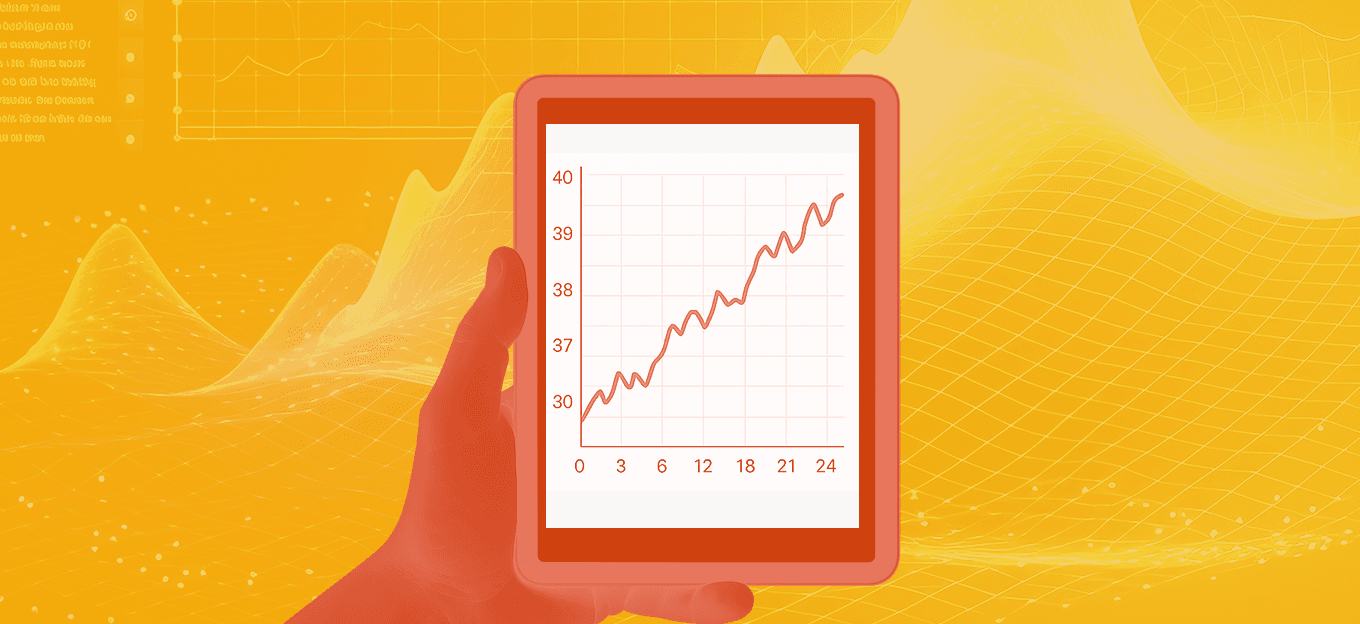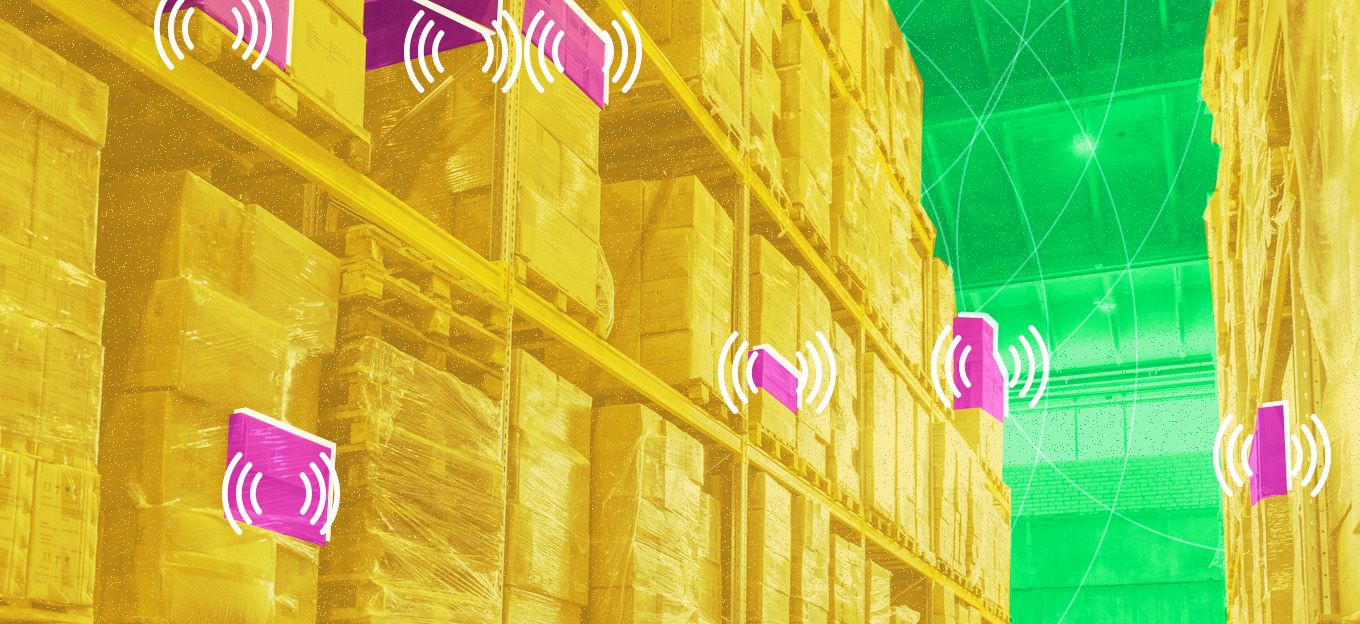Battery-Powered vs. Energy-Harvesting BLE Label Alternatives
Battery-Powered vs. Energy-Harvesting BLE Label Alternatives
- Last Updated: November 24, 2025
Zinergy
- Last Updated: November 24, 2025



Asset tracking is vital in today’s logistics landscape, and Bluetooth Low Energy (BLE) labels are increasingly central to this task. When choosing how to power BLE labels, it’s worth understanding the differences and advantages between battery-powered and energy-harvesting solutions.
Powering BLE Labels: Two Approaches
In locations where the environment can be controlled, either by installing beacons to provide widespread RF energy or constant lighting, BLE labels powered by energy harvesting can achieve longer operational lifetimes provided the assets are always visible to the energy sources.
However, if an asset is likely to be stored without lighting, or in high-density or dark warehouses, in freezers, or transported in containers, trucks and unlit aircraft holds, battery powered labels have significant advantages for asset tracking and condition monitoring.
Consistent Performance for Real-Time Data Logging and Alerting
The ability to deliver real-time, continuous data is increasingly critical for many logistics applications, especially where data traceability or operational alerts are demanded. Battery-powered BLE labels are inherently resilient to environmental changes, ensuring reliable data capture and communications, whether the asset is stored in warehouses or transported in containers, or airplanes.
When perishable items are being shipped, particularly in open-loop or third-party logistics (3PL) applications, battery-powered BLE labels have further advantages.
For data logging applications, uninterrupted battery power means that all events are reliably recorded on label without gaps. Battery-powered labels containing multiple sensors allow events, such as temperature or humidity excursions, shocks and box openings, to be captured and stored on label and recovered when the assets reach their final destination, providing seamless data traceability.
For alerting applications, a dependable power supply is also essential for triggering and transmitting alerts in real-time, providing vital information that can help resolve logistic issues promptly and prevent loss or spoilage.
Energy-harvesting tags, by contrast, may encounter lapses in power when ambient energy sources fluctuate or become unavailable. Such interruptions risk missing crucial data, undermining traceability and responsiveness.
Additional Advantages of Zinc Batteries
- Safety and Compliance: Lithium-free and categorized as “non-dangerous goods,” eliminating any risk of fire and special documentation normally required for lithium shipments.
- Cold Chain Compatibility: Reliable operation below -20°C, maintaining constant data transmission in chilled environments.
- Sustainability: No toxic heavy metals or lithium and tailored to match the application requirements, minimizing waste. They are recyclable with normal household waste streams.
Beyond BLE
For compact, label-format asset trackers and data loggers that use more energy-hungry wireless technologies, such as WiFi, LoRa or cellular (LTE) communications, battery power becomes essential.
Smart labels that combine BLE with other wireless technologies to ensure optimal data accuracy, consistency and operational lifetime require batteries capable of delivering high currents.
Conclusion
In both open-loop and closed-loop logistics, battery-powered BLE labels provide dependable performance across the supply chain. Their universal compatibility and stable power supply make them particularly effective for applications demanding continuous data logging and real-time alerts, ensuring information is available when it’s needed most.
The Most Comprehensive IoT Newsletter for Enterprises
Showcasing the highest-quality content, resources, news, and insights from the world of the Internet of Things. Subscribe to remain informed and up-to-date.
New Podcast Episode

What is Hybrid Connectivity for IoT?
Related Articles


